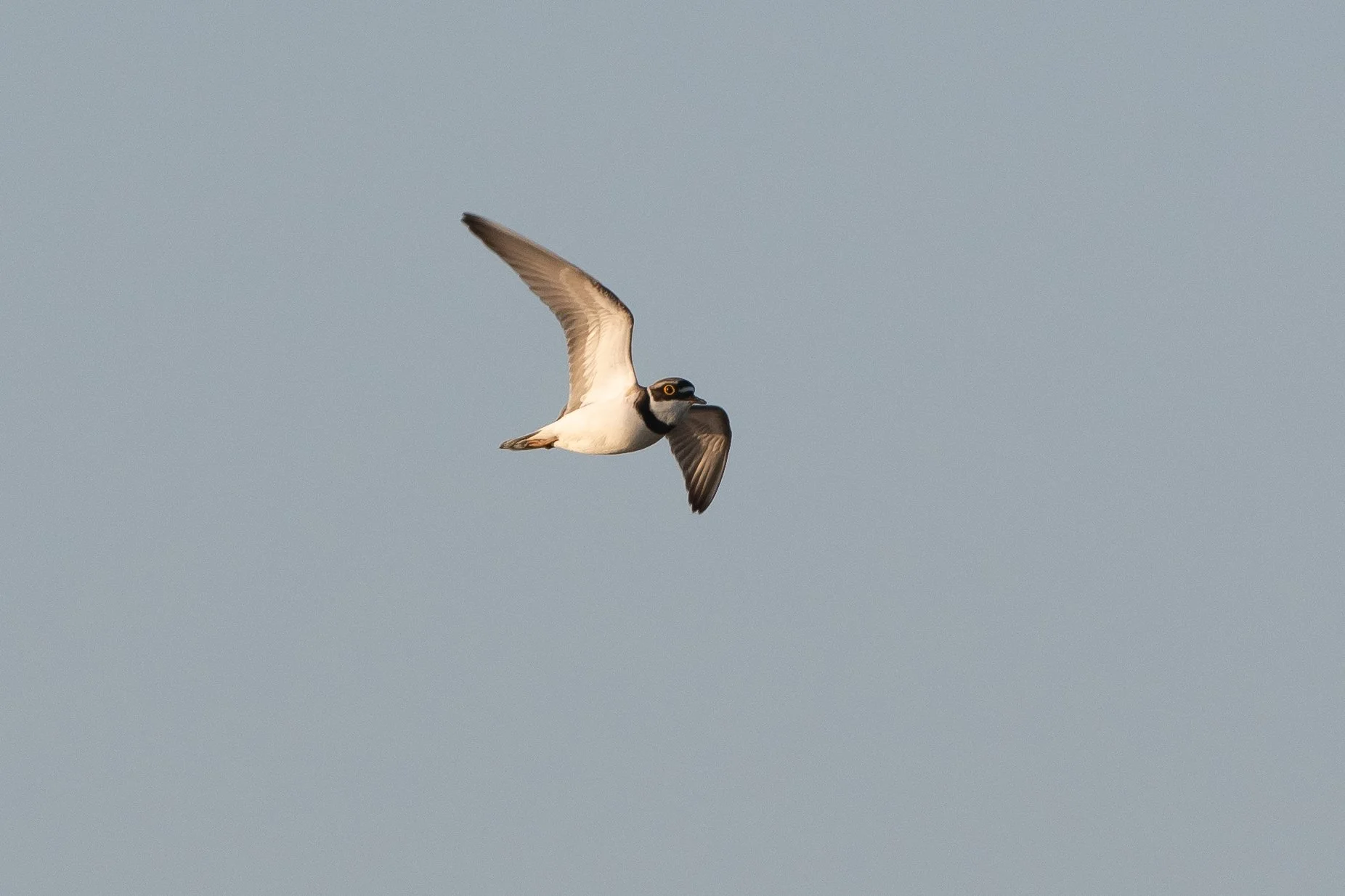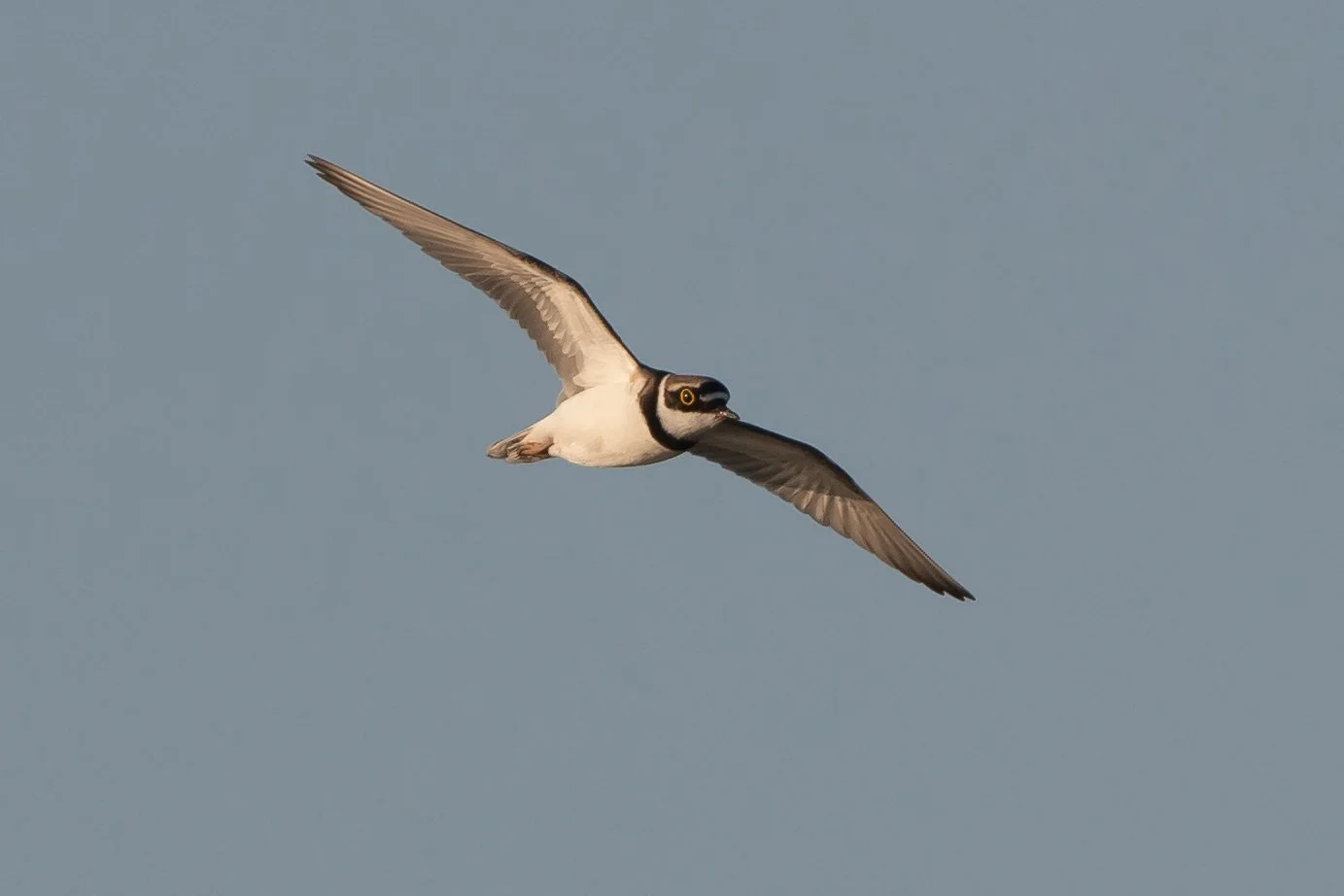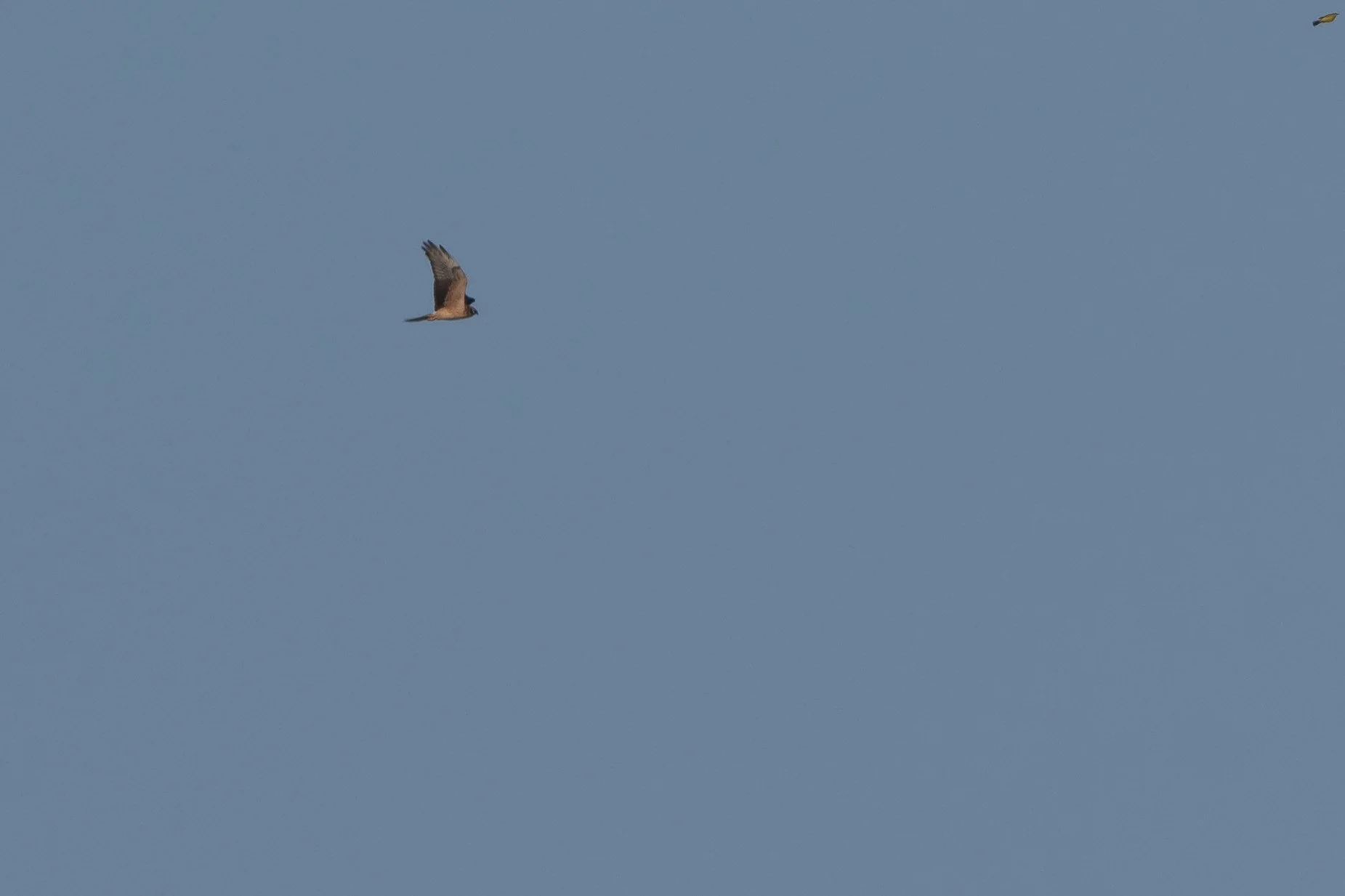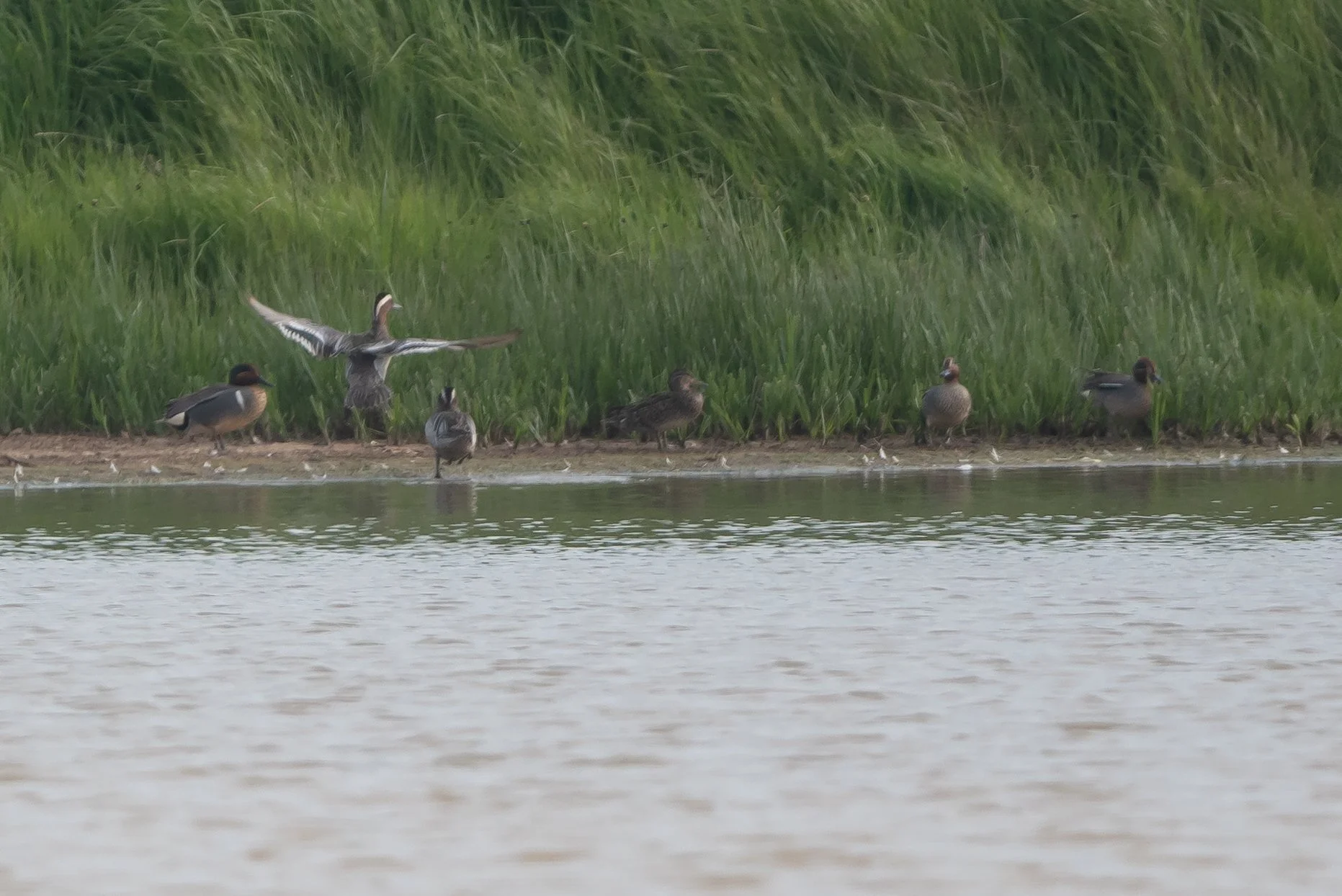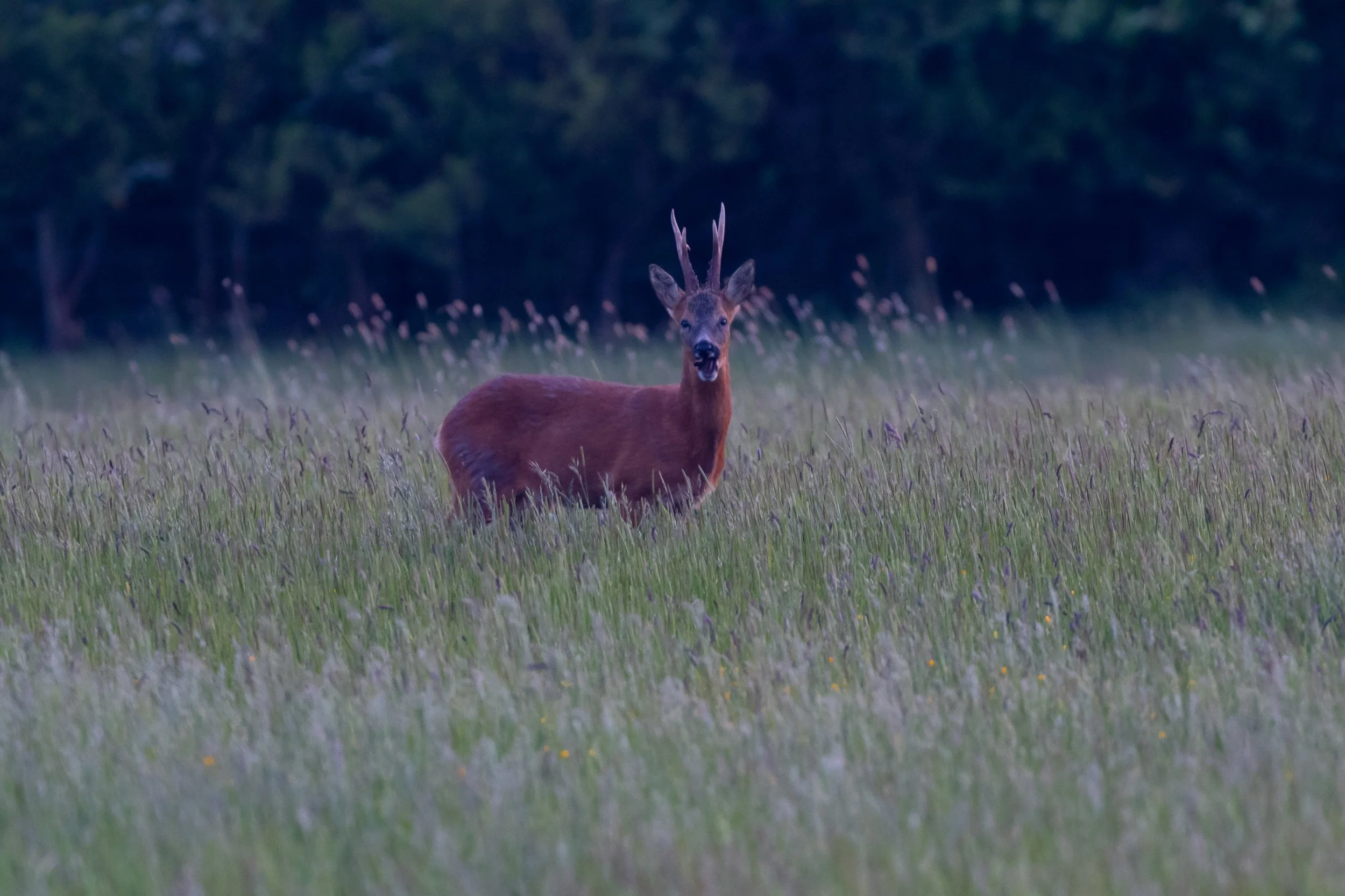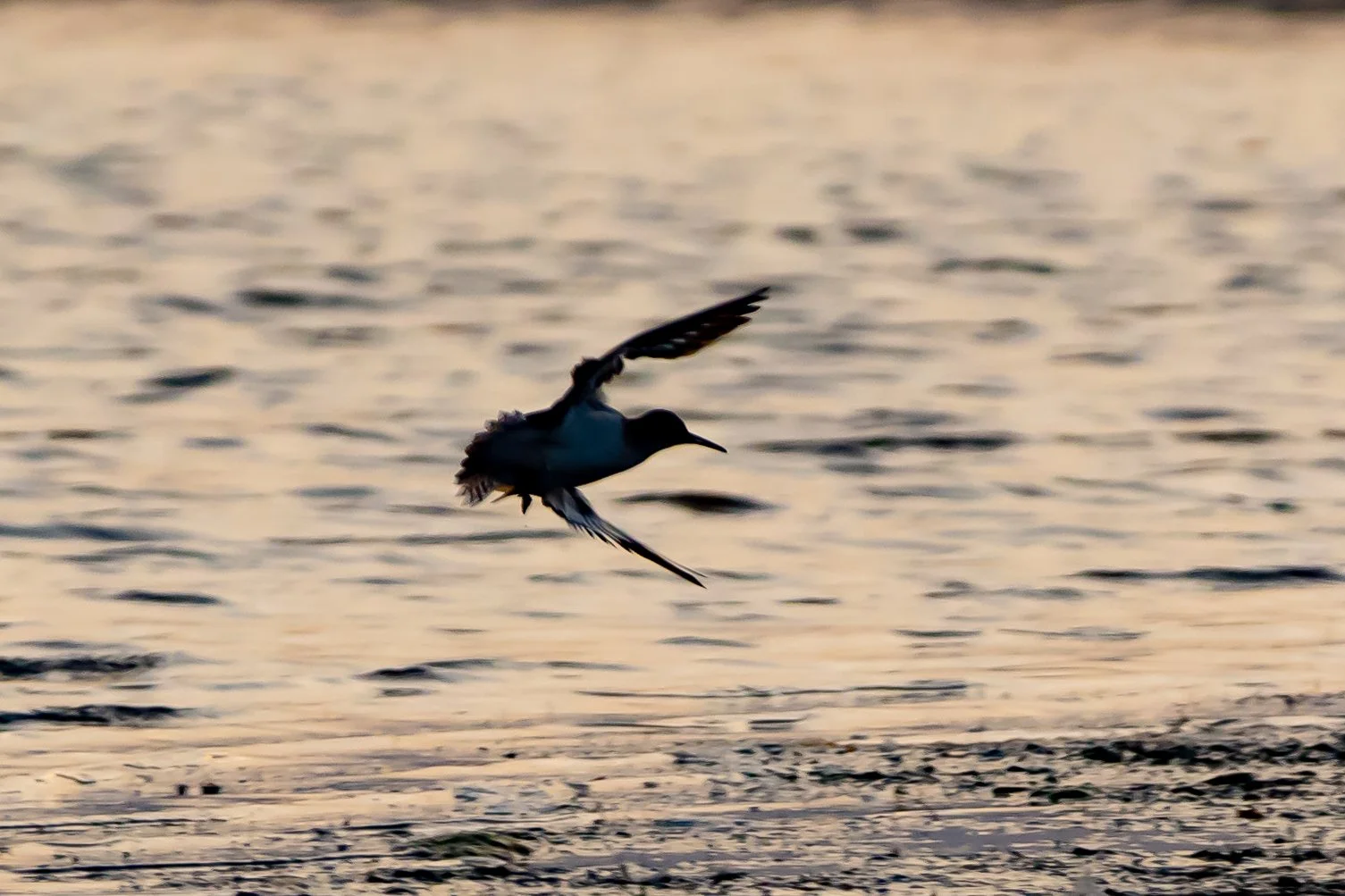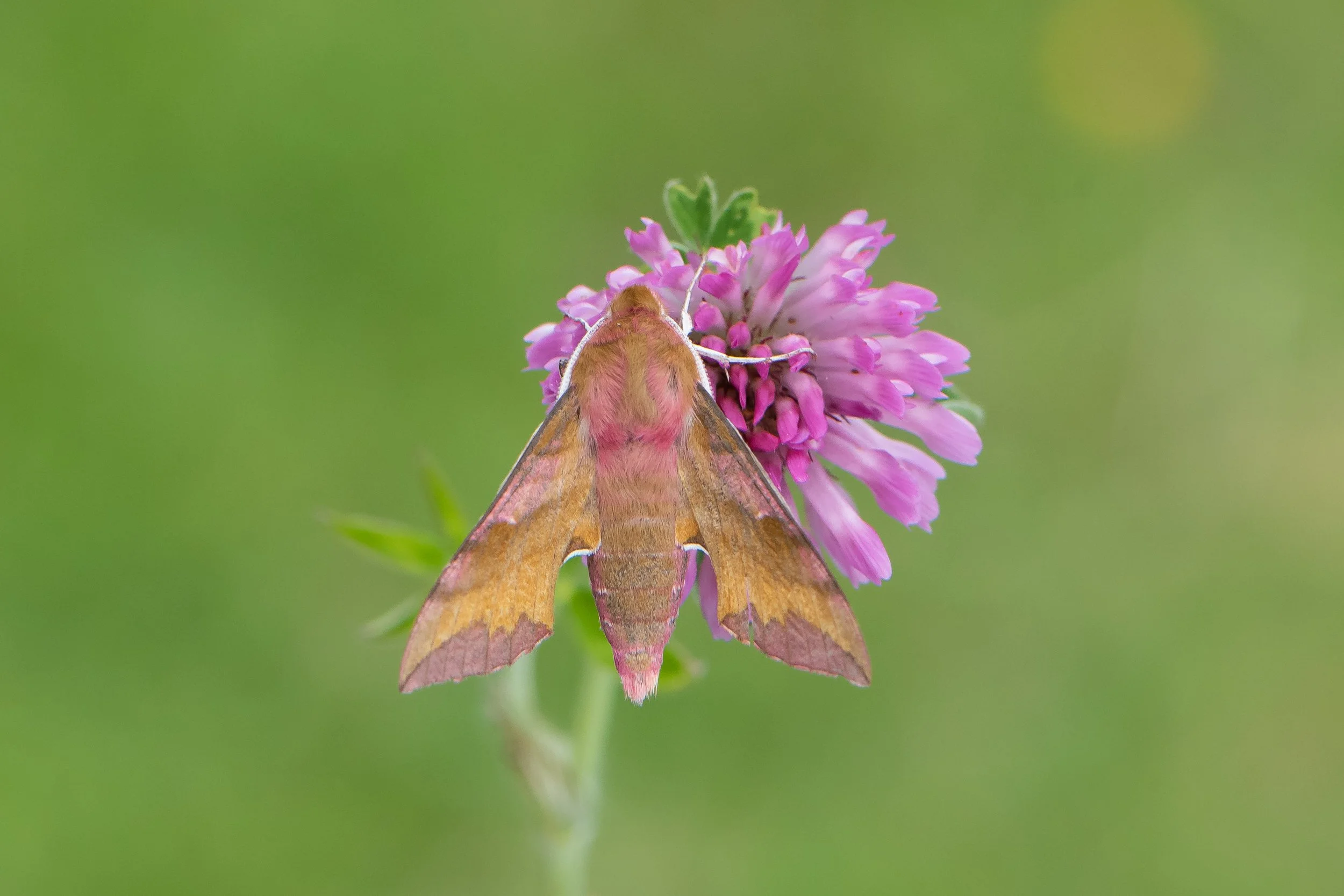I have been interested in the natural world all of my life and have had a particular fascination with butterflies. They are of course very easy to see and if you go to the right places, there are still good numbers around.
Moths on the other hand present more of a challenge. I remember when I was very young my best friend at the time and I spent many a night outside with a torch and a net out mothing. We caught very little save for the odd silver Y moth, whilst our primitive identification books suggested we could catch all sorts.
Nearly 50 years later I was given a moth trap as a birthday present by my wife. I started using it in the garden and had some early success. The thing is when you have only had very little experience of moths, anything however common is of interest.
As a young lad I used to marvel at the colours of the hawk moths and whilst some are quite common, the reality for me is that I have only ever seen a single poplar hawk moth (and a few hummingbird hawk moths) in 50 years of being out in the wild.
I have also seen the odd day flying moth as I have been wandering around but never paid any great interest.
The moth trap is quite basic with a single bulb above a box with sloping internal flaps with a gap between. In the box I put some egg crates, switch it on and leave it on all night.
My first couple of outings brought modest results from the garden, but still lots of moths I’d never seen before The Lychnis, Green Pug, Clouded Silver and Setaceous Hebrew Character to name but a few.
I have been recommended an app called Obsidentify which has been really useful as well as a great book which has also helped improve my woeful identification skills.My usual process to follow is firstly check the outside of the trap- some of my best moths have been sat on the outside of the trap. Then check each egg crate for anything unusual-as time has passed I have become familiar with common regulars so my attention is immediately diverted to something I’ve not seen before.
I have been keeping a log so the name and quantity of each species is recorded. Anything I can’t identify gets a photo taken on my phone. Finally those that are co-operative enough to have their photo taken are gently taken from the trap and put on to a more aesthetically pleasing perch (in the form of flowers or twigs) usually using a soft paintbrush.
I have also taken the trap to Kilnsea and ran it from the caravan with some degree of success.
The thing I like about the trap most are the diversity of species and some of them look stunning with a few sitting nicely for a photo before flying off.
The other interesting thing about moths is some of the intriguing names that clearly go back to bygone times. The Druid, The Sorcerer, Vines Rustic, Obscure Wainscott-the list is endless. Learning about the identification is equally as good as looking at the catch.
A couple of weeks ago I was checking the trap in the garden and noticed that there were a few unusual ones including an unremarkable brown specimen. Thinking no more of it I took a few photos on the phone to run it through Obsidentify later. I noticed that it flew out of the trap and landed in the grass and I took a couple more photos.
Later in the day I tried to identify this brown moth through the app and it came up as a Rannoch Looper. Again thinking no more of it I put it down to another one to add to the list. It was only when I looked up Rannoch Looper on the Yorkshire Moths website that things got more interesting. The website said that there were only two previous records for Yorkshire and one of those was in 1894! I put it out on Twitter for a second opinion and sure enough the Identification was confirmed. As it happened there was a small influx in Yorkshire that day but nonetheless I had a 3rd for Yorkshire in my back garden!
I must admit I’m more interested in the brighter coloured ones than the rare ones at present. So far i have had common emerald, light emerald, swallowtail, brimstone, barred yellow, peppered moth, lime, poplar, small and elephant hawk moths and a whole host of less colourful but equally interesting moths.
Given that we prepared our garden specifically for butterflies this year, it has been pretty dire, however the numbers and diversity of the moths visiting the garden has more than made up for the disappointing lack of butterflies.
Most moth species have a particular flight period, this also helps with identification as you can rule out a type caught in May if what you suspect it might be only flies in August and September for example.
The species list for garden is already well over 50 with plenty of time to go.
If anyone with a broad interest in wildlife hasn’t tried mothing I’d strongly recommend it, especially during the quiet period over summer when birding slows down.
You’d be better off mothing rather than doing nothing.















































